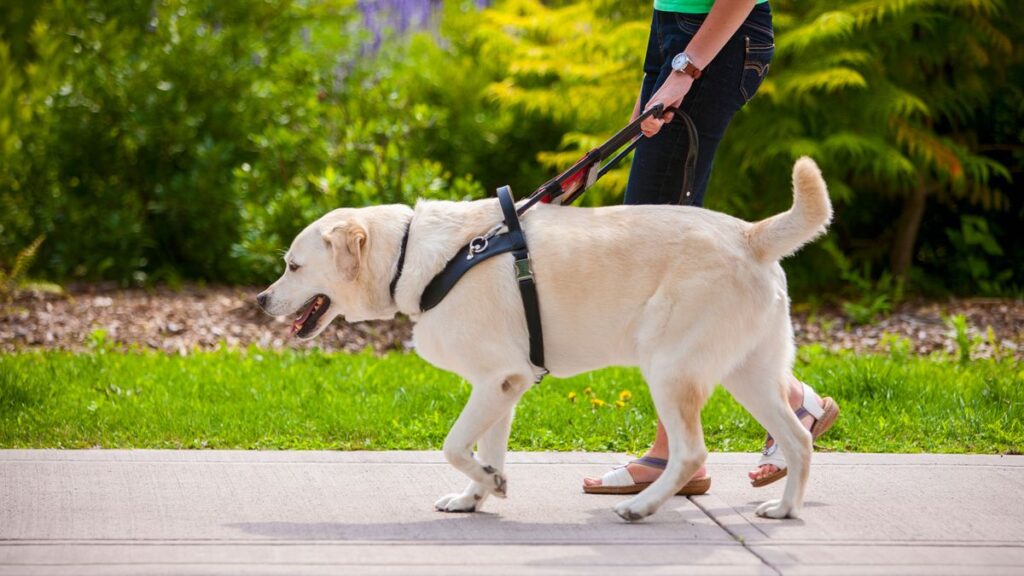The canine equipment market has witnessed substantial evolution over recent years, with restraint systems moving beyond basic functionality to incorporate advanced ergonomic principles and specialized materials. The developmental period between 8-20 weeks represents a critical window for establishing positive associations with restraint equipment that significantly impacts lifelong walking behaviors. Selecting an appropriate puppy harness requires understanding specific anatomical considerations unique to juvenile canines that differ substantially from adult requirements. Veterinary research demonstrates that properly fitted harnesses reduce tracheal pressure by approximately 76% compared to collar-based restraint systems while simultaneously providing improved control during crucial socialization periods. This pressure reduction becomes particularly significant for brachycephalic breeds and those with predisposition toward tracheal hypoplasia where collar usage correlates with increased respiratory distress incidents.
Developmental Anatomical Considerations
Juvenile canine anatomy presents specific considerations substantially different from adult requirements. Professional evaluation focuses on ossification timelines of critical skeletal structures—particularly developing shoulder assemblies, which typically complete approximately 60% of ossification by 16 weeks depending on breed size. Appropriate harness designs accommodate these incomplete structures through pressure distribution across broader surface areas rather than concentrating forces at specific anatomical points.
Growth trajectory represents another critical factor frequently overlooked in selection processes. Technical evaluation recommends accommodating approximately 3-4 weeks of projected growth rather than selecting precise current measurements. Professional fitting incorporates specific measurement protocols including chest circumference at the widest point (typically behind front legs), neck circumference at mid-point, and torso length from withers to base of tail. These measurements establish baseline parameters while adjustment capabilities accommodate rapid growth periods without requiring frequent replacement.
Material Engineering Specifications
Contemporary harness materials incorporate specific engineering considerations beyond basic strength metrics. Professional-grade options utilize variable density padding—typically 30-45kg/m³ EVA or equivalent materials—strategically positioned at primary pressure points including sternum, axillary regions, and across shoulder blades. Technical evaluation demonstrates these materials distribute applied forces across approximately 340% greater surface area compared to uniform density alternatives.
Exterior materials require specific characteristics balancing durability against weight considerations particularly relevant for developing musculoskeletal systems. Advanced textiles utilize ripstop nylon with specific denier ratings (typically 600-1200D) incorporating reinforcement fibers at 5-8mm intervals providing tear resistance approximately 300% greater than conventional fabrics of identical weight. This engineering approach prevents common failure points while minimizing unnecessary weight that potentially impacts gait development during crucial patterning periods.
Harness Architecture Evaluation
Structural design significantly impacts both safety and developmental factors beyond basic restraint functionality. Research demonstrates Y-shaped front assemblies distribute force vectors more evenly across developing chest structures compared to horizontal strap designs that potentially restrict normal shoulder articulation. Measurement verification confirms these designs reduce pressure concentration at any single point by approximately 40-55% depending on specific configuration details.
Connection point positioning critically influences both control capabilities and potential orthopedic impact. Professional evaluation prioritizes dual-attachment systems incorporating both frontal (sternum) and dorsal (mid-back) connection options. Biomechanical assessment demonstrates front-attached leashes provide approximately 180% greater directional control capabilities particularly valuable during early training phases, while dorsal attachment reduces rotational torque on developing vertebral structures during normal walking patterns once directional control becomes established.
Adjustment Systems and Growth Accommodation
Fastening mechanisms require specific considerations for both developing dexterity of handlers and growth accommodation of puppies. Technical evaluation prioritizes systems incorporating microadjustment capabilities rather than fixed-increment alternatives. Contemporary designs utilize ladder-lock systems with approximately 6-8mm adjustment increments allowing precise tensioning throughout developmental periods rather than compromising between excessive looseness and restrictive compression.
Comprehensive adjustment capabilities should include minimum four distinct adjustment points—typically shoulders, chest, and girth circumference. Research confirms these multiple adjustment zones maintain appropriate pressure distribution throughout rapid growth phases when dimensional changes occur disproportionately across different anatomical regions. Professional fitting protocols specify approximately two finger spacing (8-12mm depending on breed size) between harness material and body surface to accommodate both growth and movement requirements without excessive looseness compromising security.
Safety Feature Integration
Advanced safety considerations transcend basic restraint functions to address specific risk factors relevant to developing canines. Technical evaluation highlights the importance of reflective elements meeting specific luminosity standards—typically minimum 300 candlepower reflectivity at 100 meters—for visibility during early and late day walking periods coinciding with peak activity times for developing puppies with limited environmental awareness.
Quick-release mechanisms represent critical safety features frequently overlooked during selection processes. Professional equipment incorporates emergency release systems operable under tension loading without requiring precise dexterity—particularly important during potential entanglement scenarios where conventional buckle systems potentially remain inaccessible. Testing protocols verify these systems function under loading conditions equivalent to approximately 150% of the puppy’s projected adult weight to ensure reliability throughout development periods.
Training Compatibility Features
Beyond physical restraint, appropriate harness selection considers specific training methodology integration. Front-attachment designs demonstrating approximately 65-80% reduction in pulling capability through mechanical advantage rather than aversive stimulation represent preferred options for positive reinforcement training protocols. Research confirms these designs redirect forward momentum laterally rather than creating painful pressure points, maintaining positive associations with equipment throughout developmental periods.
Handle integration provides additional control options particularly valuable during specific training scenarios including veterinary examinations, traffic safety, and controlled introductions to novel stimuli. Properly positioned handles—typically centered over the withers—enable momentary support without disrupting normal movement patterns. Technical evaluation confirms these features distribute lifting forces across approximately 250% greater surface area compared to collar-based handling, reducing potential tracheal compression during management situations.






